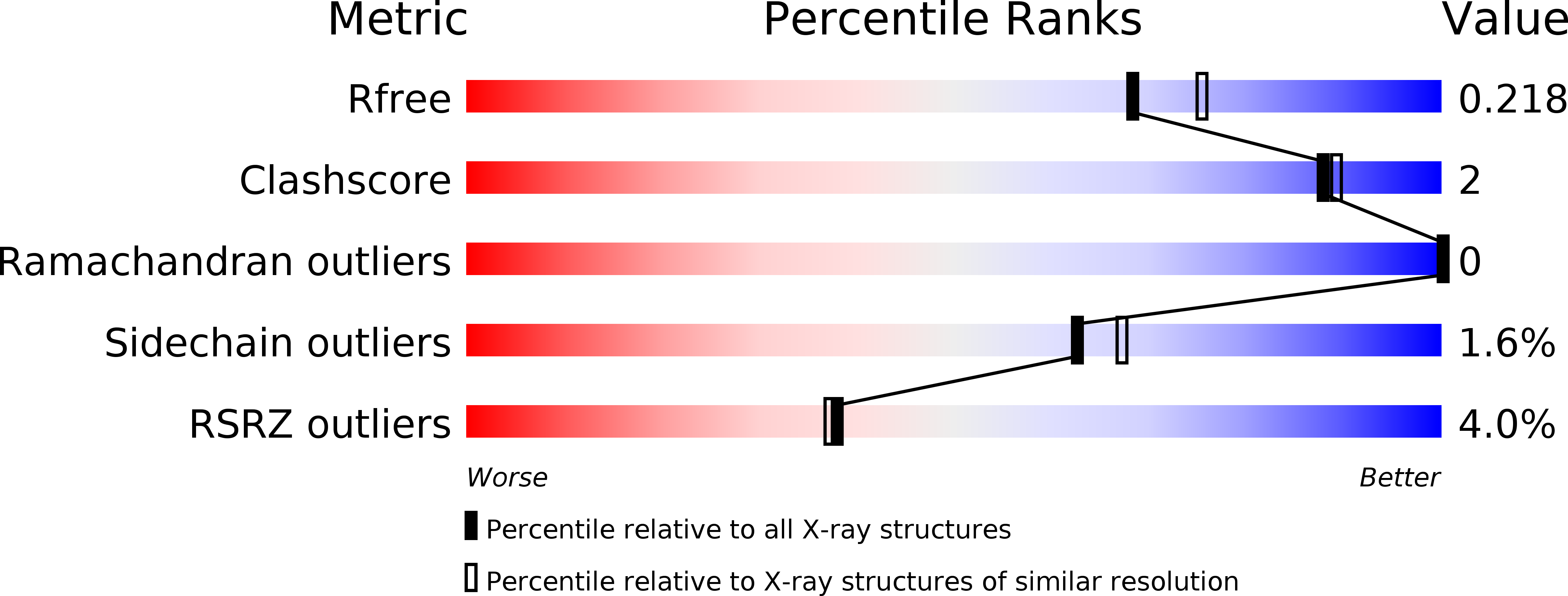
Deposition Date
2008-11-07
Release Date
2008-11-25
Last Version Date
2024-10-30
Entry Detail
PDB ID:
3F75
Keywords:
Title:
Activated Toxoplasma gondii cathepsin L (TgCPL) in complex with its propeptide
Biological Source:
Source Organism:
Toxoplasma gondii (Taxon ID: 383379)
Host Organism:
Method Details:
Experimental Method:
Resolution:
1.99 Å
R-Value Free:
0.20
R-Value Work:
0.16
R-Value Observed:
0.16
Space Group:
P 43 21 2


